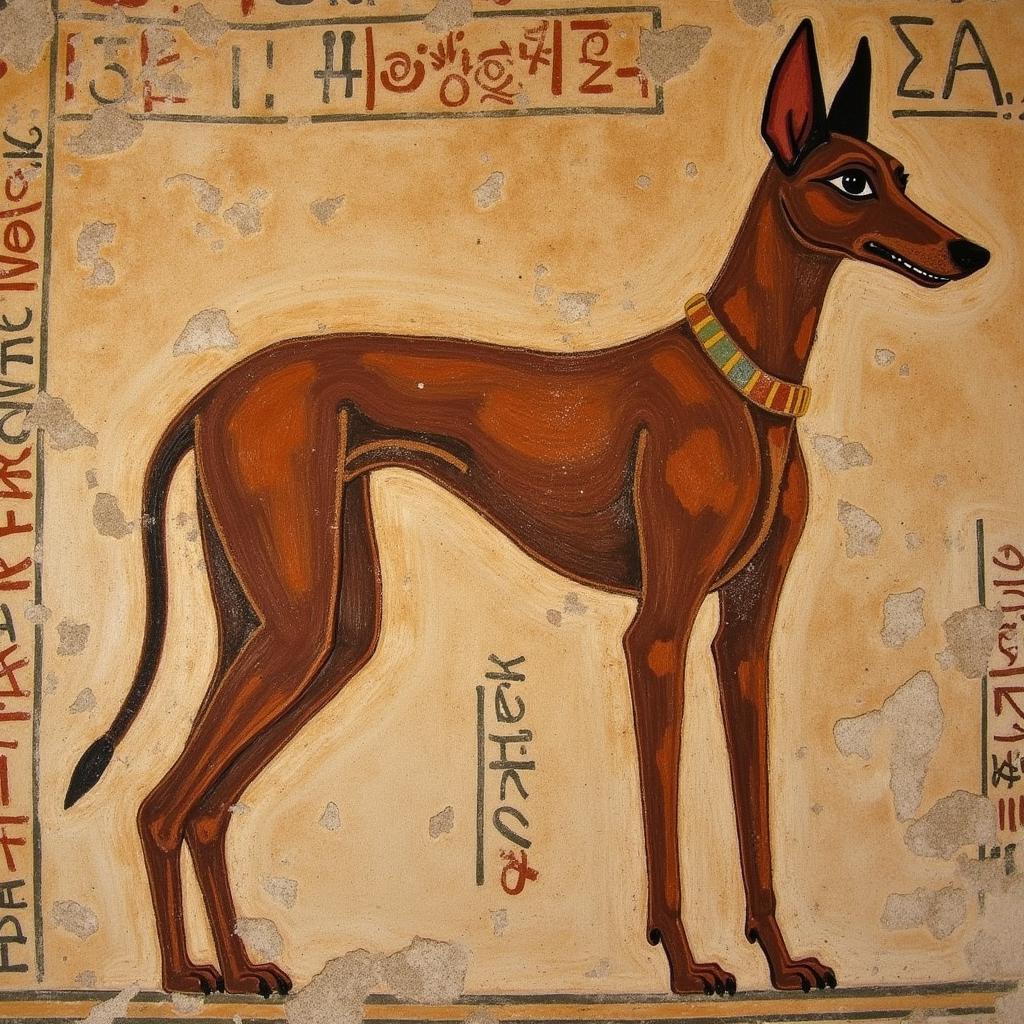A Journey Through African Dance History
African Dance History is rich and diverse, reflecting the continent’s vibrant cultures and traditions. From ancient rituals to contemporary expressions, dance in Africa is more than just movement; it’s a powerful form of storytelling, communication, and celebration. This exploration delves into the historical roots of various African dance forms, examining their evolution and significance. We’ll uncover the stories behind the steps and the cultural context that gives them meaning.
The history of African dance is intrinsically linked to the continent’s diverse communities. Each region, tribe, and ethnic group has developed unique dance styles that reflect their specific beliefs, customs, and way of life. These dances are often deeply spiritual, serving as a connection to ancestors and the divine. They can also be used to mark important life events, such as births, deaths, marriages, and harvests.
Exploring the Roots of African Dance
African dances often incorporate rhythmic movements, intricate footwork, and expressive gestures. Many dances utilize props like masks, costumes, and musical instruments to enhance the storytelling and create a captivating spectacle. The use of polyrhythms, where multiple rhythms are played simultaneously, is a hallmark of African music and is often reflected in the complex layering of movements in the dances. Early forms of African dance were integral to rituals and ceremonies, often used to invoke spirits, celebrate deities, or mark significant transitions in life. These dances were not merely performances; they were active participations in the spiritual and social fabric of the community. Check out more on Aamne Samne 1967 African Dance.
Traditional African dances are passed down through generations, preserving cultural heritage and ensuring the continuity of ancestral practices. Many dances have specific meanings and symbolism embedded within their movements. For instance, certain gestures might represent animals, natural elements, or abstract concepts. Understanding this symbolism is key to appreciating the depth and complexity of African dance.
The Evolution of African Dance: From Ritual to Stage
As African societies evolved, so too did their dances. With the advent of colonialism and the transatlantic slave trade, African dance traditions were dispersed and transformed. In the Americas, African dance forms blended with European and indigenous traditions, giving rise to new styles like tap, jazz, and various Latin American dances. Despite the challenges of displacement and cultural suppression, African dance maintained its vitality and continued to evolve, adapting to new contexts and influences. For a deeper understanding of this, explore African American Dance History Timeline.
African Dance Styles: A Tapestry of Diversity
African dance is not a monolithic entity. It encompasses a vast array of styles, each with its own distinct characteristics and cultural significance. From the energetic and acrobatic dances of East Africa to the graceful and rhythmic movements of West Africa, the diversity of African dance is a testament to the continent’s rich cultural tapestry. Some dances emphasize individual expression, while others prioritize communal participation and synchronized movement. Learning about these diverse styles provides a deeper appreciation for the nuances and complexities of African dance history. To further explore the richness of African dance, check out African Dance Moves Costumes & History Video.
African Dance Today: Preserving Tradition and Embracing Innovation
African dance continues to thrive in the 21st century, both as a traditional practice and as a contemporary art form. Dance companies and individual artists are pushing the boundaries of African dance, incorporating modern influences and experimenting with new forms of expression. At the same time, there is a growing movement to preserve and celebrate traditional African dances, ensuring that these cultural treasures are passed down to future generations. More about African dance forms in African Bongo Dance History. You can also find interesting information on African American Belly Dancer.
Conclusion
African dance history is a vibrant tapestry woven with threads of tradition, spirituality, and cultural expression. From its ancient roots in ritual and ceremony to its contemporary manifestations on stage and screen, African dance continues to captivate and inspire. By understanding the history and significance of African dance, we gain a deeper appreciation for the rich cultural heritage of the African continent. Exploring the evolution of African dance reveals the resilience and creativity of its people, who have used movement as a powerful tool for communication, celebration, and connection.
FAQ
- What are some common characteristics of African dance?
- How has African dance influenced other dance forms around the world?
- What is the role of music in African dance?
- How are traditional African dances passed down through generations?
- What are some examples of different African dance styles?
- How is African dance being preserved and promoted today?
- Where can I learn more about African dance history?
More Questions?
For further assistance, please contact us: Phone: +255768904061, Email: [email protected] or visit us at Mbarali DC Mawindi, Kangaga, Tanzania. We have a 24/7 customer service team.
